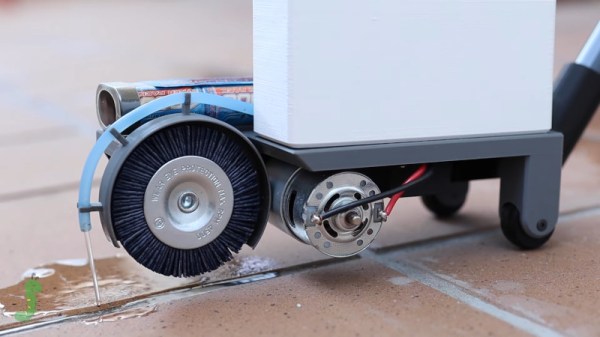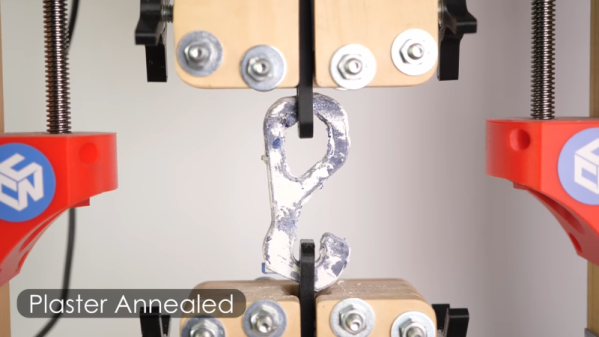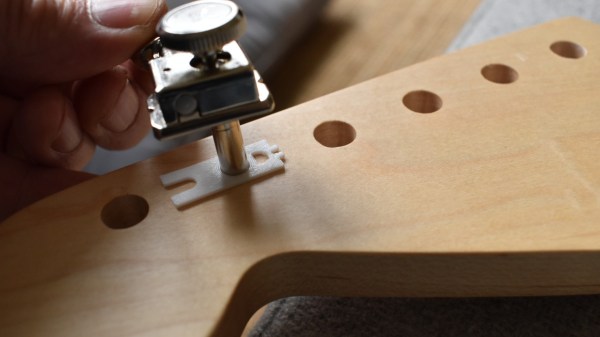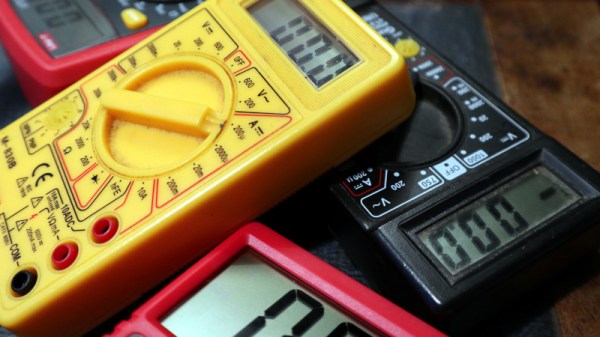Cleaning tiled floors can be a drag. Getting the tiles themselves clean is bad enough, but often dealing with the grouted joints in between requires more elbow grease and attention to detail. It’s a tedious chore, and thus one ripe for improvement. [Elite Worm]’s cleaning machine is an excellent solution to the problem.
The machine is built entirely from scratch, using primarily 3D printed components. A fluid tank is fitted to the chassis, along with a custom 3D-printed pump run by a DC motor, to deliver cleaning product where its needed. A large DC motor is then used to spin a nylon brush which gets deep in the tile grooves to clean out the grime. The chassis is then fitted with rollers to allow it to glide along the floor. Finally, a handle is fitted which allows the user to push the tool along, with switches to turn on the spinning brush and dispense cleaning fluid.
It’s a great tool, and one which eliminates hours of scrubbing on hands and knees. We’re sure the time investment in the build will pay off before long. We’ve seen other tricky cleaning hacks before, too. Video after the break.
Continue reading “DIY Grout Cleaning Machine Does A Good Job”


















